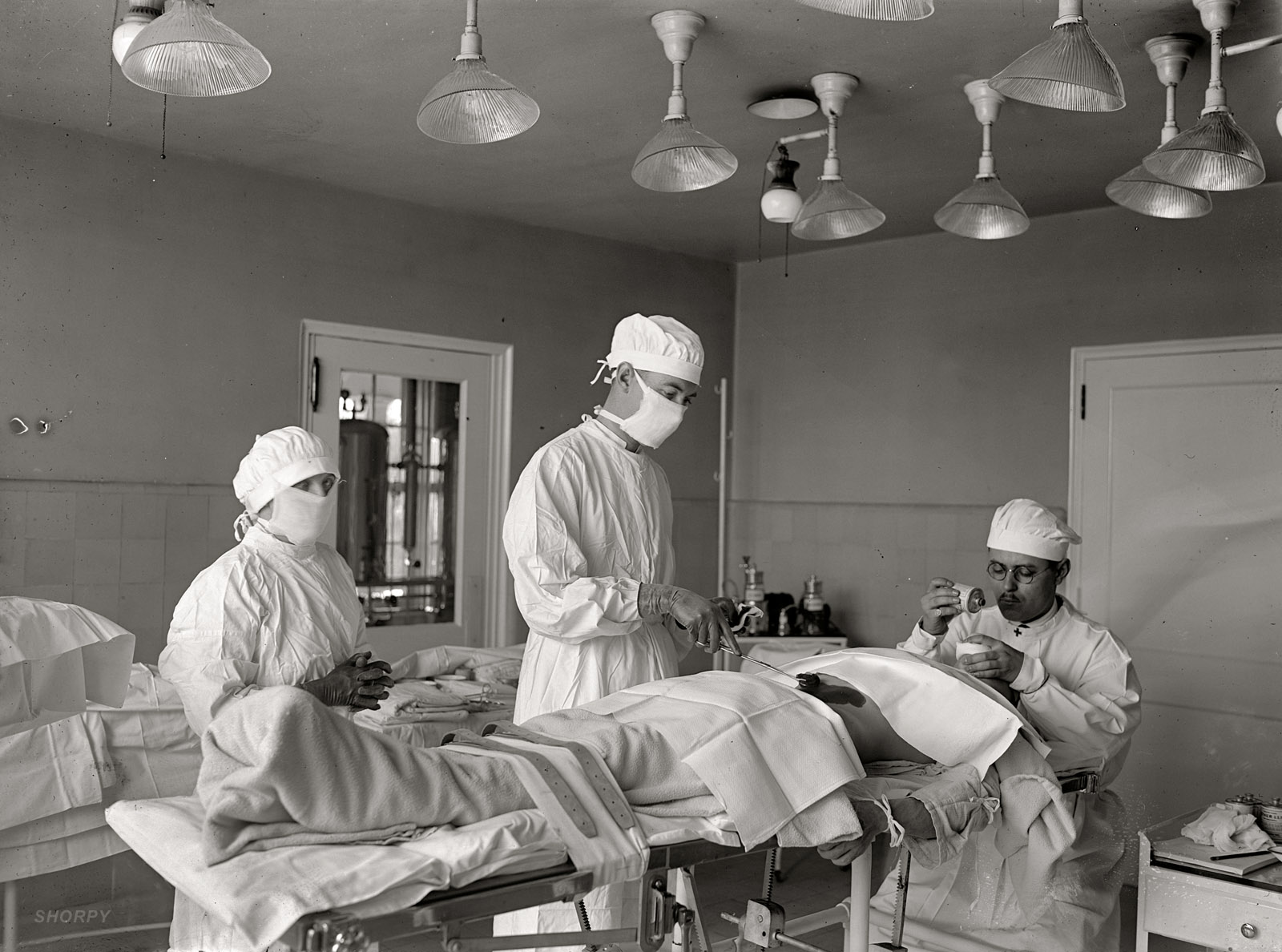 Over at Big Government, we get a glimpse of where ObamaCare will take us: Health Care’s Coming Heart Attack – A Pre-Obama Care Death Panel?
Over at Big Government, we get a glimpse of where ObamaCare will take us: Health Care’s Coming Heart Attack – A Pre-Obama Care Death Panel?
I am writing of the Obama Administration’s – regulatory decision – to go ahead with a massive cut in Medicare payments to cardiologists. I emphasize that this is a regulatory decision because it was not made by the Congress legislatively (not that that would be ok) but, instead, it was made by the massive Health and Human Services Department of the US Government. Given the limited resources of the Medicare budget, in order to increase payments to general practitioners (in an effort to attract more such doctors a good idea), bureaucrats needed to gore somebody’s ox and cardiologists were chosen (a horrible idea).What is being referred to here is Medicare’s decision to eliminate consultation service codes as of Jan 1 2010. These codes are almost exclusively used by specialists, and pay substantially better than standard visit codes, reflecting the higher complexity of care typically involved in specialty care. It is not just the cardiologists who are affected by this administrative change in Medicare payment — it is all specialists: oncology (cancer treatment), infectious disease, pulmonary, surgical specialties such as orthopedics, urology, ENT, neurosurgery, cardiac surgery, etc. etc. They are betting on a premise already proven false: that preventive medicine through primary care will reduce costs.
The decision to do so is astonishing.
Keep in mind that the very purpose of health care is to improve the health and therefore the lives of Americans. The cardiologist community has been wildly successful in that endeavor. Although heart disease remains the #1 killer of Americans, the mortality rate for heart attacks has plummeted. For instance, the post-heart attack, 30-day mortality rate decreased from 18.9 percent in 1995 to 16.1 percent in 2006 and the in-hospital mortality rate decreased from 14.6 percent to 10.1 percent.
Further, between 1994 and 2006, the mortality rate among women 55 and under who suffered a heart attack dropped an incredible 52.9%. For men in that same age group the drop was 33.3%. According to the author of the mortality study that determined those latter figures: “It appears that risk factors, which may be controlled through prevention efforts, are very important in driving these mortality reductions.”
Given those figures, it is hard to argue with the success of cardiologists who sit on the forefront of heart care and heart disease prevention – unless, of course, you are a government bureaucrat.
Rather than pouring more dollars into an obviously successful branch of medicine that is saving lives (the ultimate purpose of health care?), the Obama Administration is going ahead with a plan to cut nearly $1.5 billion from Medicare payment to cardiologists. Obama is doing so by such devices as literally eliminating reimbursement for certain services and/or reducing the amount they will pay for others. Case in point, cardiologists have been able to bill for an extended first visit with Medicare patients to get their history and to recommend a course of treatment. As of January 1, 2009 [2010 – ed.] no longer.
Specialty care is more expensive because specialists care for the sickest and most complex patients. When you are having your acute MI, you need a cardiologist, not a family practice physician. Specialty care is where the vast number of advances in American medicine have taken place — the advances which give us the best results in the world in cancer treatment, heart disease, and surgical advances such as laparoscopy and other minimally invasive procedures.
The inevitable outcome of these changes are that Medicare patients will have reduced access to specialists, as specialists increasingly are unable to afford taking a loss on every Medicare patient they see due to reimbursements which fall below their costs of providing care. They will by necessity reduce the number of Medicare patients specialists see, or force them to stop seeing Medicare patients altogether, resulting in longer waits to see a specialist and regional shortages of care in these areas. One does not need “death panels” to make policy changes which restrict care to the elderly and disabled; quiet bureaucracy works every bit as well, with the added advantage of plausible deniability.
Welcome to the new millennium in health care. Hope you enjoy your government-run universal health care.

 The Wall Street Journal
The Wall Street Journal